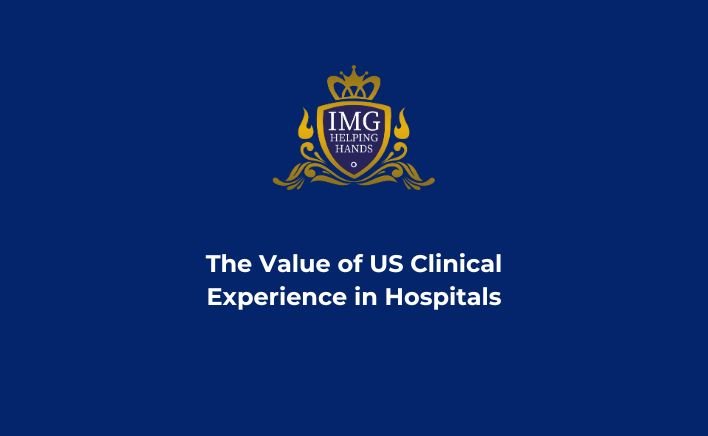

Getting hands-on clinical experience is an invaluable part of training for many healthcare careers. Hospitals provide a rich learning environment and a wide range of opportunities that simply can’t be replicated in a classroom. Though academic coursework lays the theoretical foundation, time spent in actual clinical settings reinforces knowledge and allows students to hone their skills.
There are several key benefits students can gain from clinical rotations and placements in hospitals:
Theoretical knowledge can only take you so far. Applying that knowledge to real-life situations is an entirely different skillset. Under supervision, students can practice critical skills like taking patient histories, performing examinations, operating equipment, and exercising diagnostic reasoning. This experiential learning accelerates their development.
For instance, nursing students get to practice skills like inserting IVs, administering injections, dressing wounds, and monitoring vitals signs. Medical students learn how to conduct physical exams, including using instruments like stethoscopes and ophthalmoscopes. Through repetition in a clinical setting, these psychomotor skills become second nature.
Every hospital has a unique environment, cadence, and team culture. Spending time embedded in different clinical sites exposes students to this valuable variety. The hustle and bustle of a busy urban emergency room is vastly different from the quiet concentration of a regional chemotherapy suite. Students experience healthcare ecosystems firsthand.
This exposure also helps students determine their own preferences. Seeing different specialties and procedures up close provides insight into which settings they may or may not want to work in long-term. And they learn how different roles interact as part of a healthcare team.
Ultimately, medicine is about treating people. Clinical settings provide the chance to interact with real patients and develop communication skills. Students learn how to interview patients, collect information, provide education, and interact with diverse populations. Dealing with scared, confused, or difficult patients also builds empathy.
With real patients, the stakes are higher. Students carry more responsibility and feel additional pressure to get things right, which accelerates their learning curve. These early patient interactions pave the way for handling increased responsibilities down the road.
In a hospital setting, students work alongside experienced doctors, nurses, technicians, and other healthcare professionals. This provides invaluable day-to-day guidance and on-the-job mentorship. Students observe how seasoned clinicians navigate complex situations and provide compassionate care.
Being part of an actual medical team allows students to ask questions, learn protocols, and absorb best practices. They gain perspective into how classroom concepts translate into real environments. The expertise of preceptors helps students connect the dots.
Healthcare relies heavily on complex instrumentation and technology. Hospital settings grant access to advanced equipment and information systems that schools can rarely provide. Students get to train and build confidence with the actual diagnostic, monitoring, and treatment technologies they’ll be expected to use in practice.
For example, medical students gain firsthand experience with equipment like MRI scanners and CT systems. Nursing students utilize electronic medical record systems and digital tools for vital sign monitoring and medication administration. This exposure is vital preparation for the technology-driven healthcare workplace.
Throughout a hospital placement, students encounter a diverse range of working professionals. These connections can be invaluable launching pads for budding careers. Students get their foot in the door and begin establishing professional networks.
Impressing preceptors during a clinical rotation can lead to letters of recommendation, research opportunities, or even job offers down the road. Hospitals value candidates with in-house clinical experience. Peer connections formed during placements also provide future collaborators and mentors within the field.
While hospital-based clinical training certainly has many benefits, it also comes with unique challenges. Students should be aware of these potential pitfalls going in.
Healthcare is demanding. Hospital settings have long hours and frantic shifts, and students must rapidly acclimate. Rotations can be physically, mentally, and emotionally fatiguing. Balancing classroom work alongside clinical placements also adds stress. Maintaining energy and avoiding burnout takes conscious effort.
In the classroom, concepts are presented sequentially in a structured manner. The hospital throws students into the deep end, where they must rapidly synthesize knowledge and handle unpredictable cases. The steep learning curve can feel overwhelming. Good time management and self-care are essential.
Hospitals can be high-pressure environments. Mistakes happen, even with good supervision. Students may fear making an error that negatively impacts patients. However, viewing mistakes as learning opportunities helps frame things positively. Reflection and training help reduce future errors.
With patient safety paramount, preceptors can be hesitant letting students take lead roles. Students may end up observing more than actually performing skills themselves. However, eager students can take initiative and ask questions to maximize hands-on participation.
Illness, injuries, and end-of-life issues expose students to challenging situations. Viewing surgeries, chronic conditions, terminal diagnoses, or even deaths can be upsetting. Developing healthy coping strategies is vital for mental wellbeing.
Hospitals have hierarchical social structures. Students must navigate various relationships with attending physicians, residents, nurses, and other staff. Observing professional etiquette and clear communication norms helps learn the “hidden curriculum.”
Visit imghelpinghands to get all the related information regarding US Clinical Experience.
Here are some tips students can use to optimize their time and training in hospital settings:
Clinical experiences within hospital settings provide invaluable real-world training opportunities in healthcare education. Students gain practical skills, firsthand exposure to clinical environments, access to technology, mentorship from experts, and networking connections. However, clinical work also comes with challenges like demanding hours, steep learning curves, and potential errors. Going in with reasonable expectations, clear goals, and proactive learning strategies allows students to maximize their clinical rotations and emerge well-prepared for future practice.
Get our most valuable tips right inside your inbox, once per month!